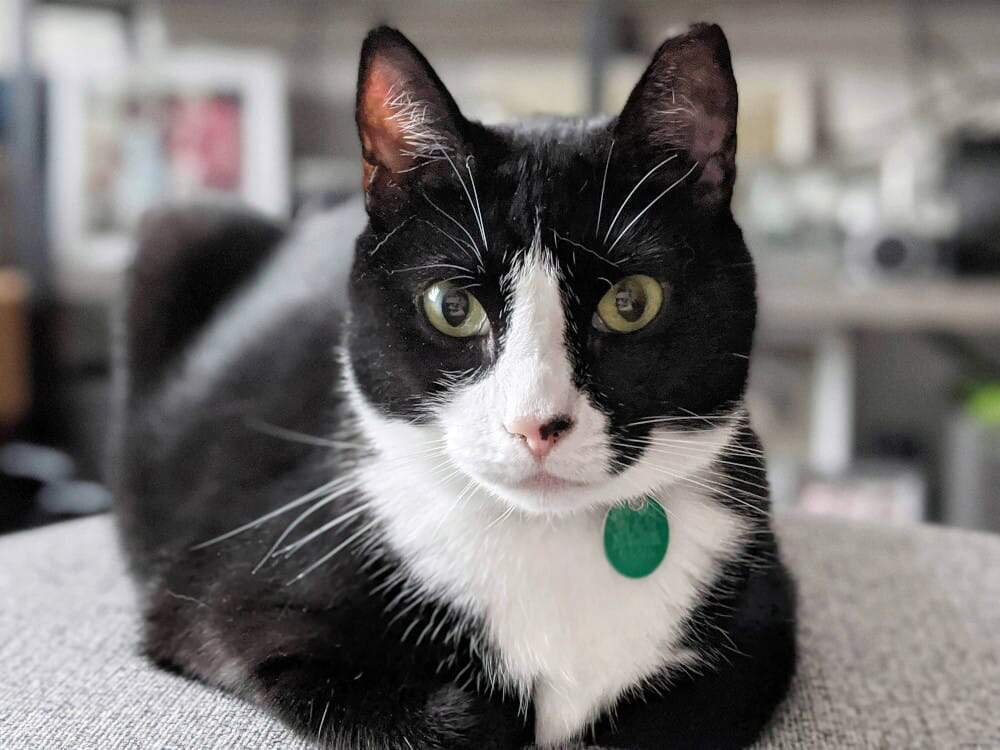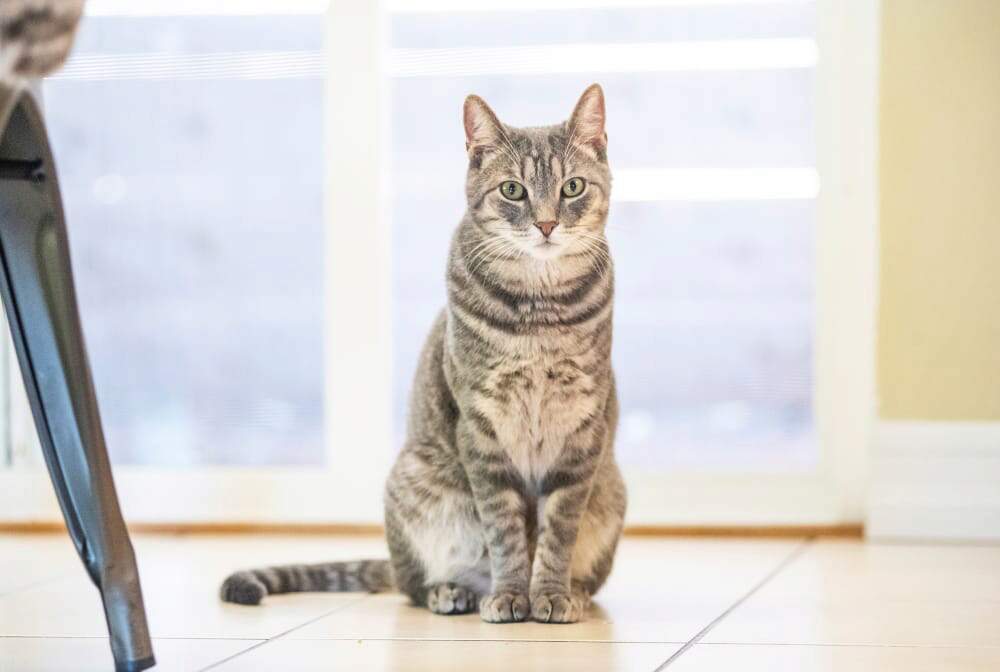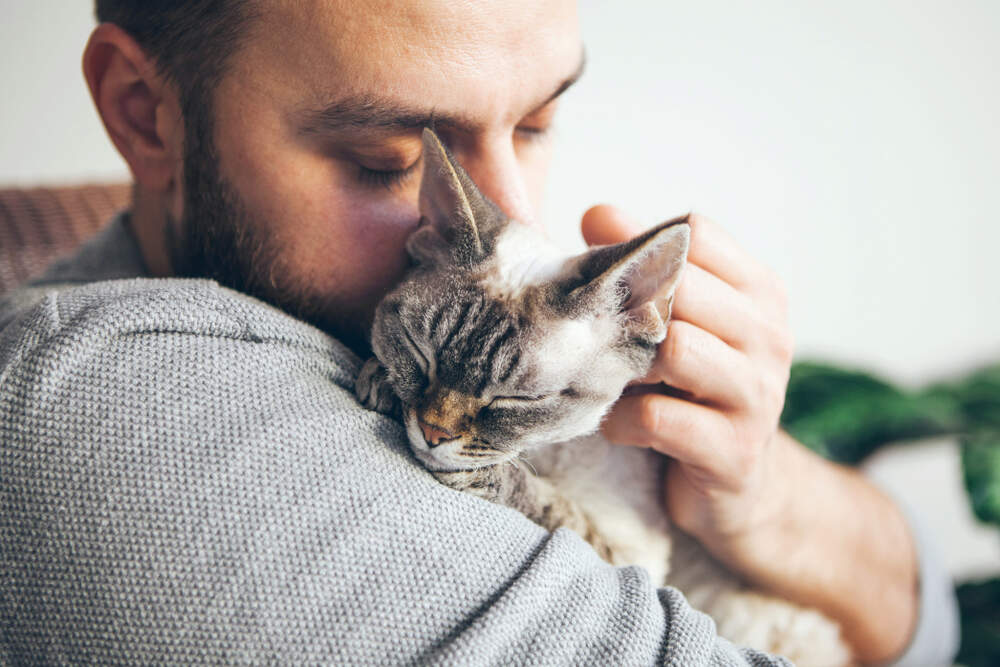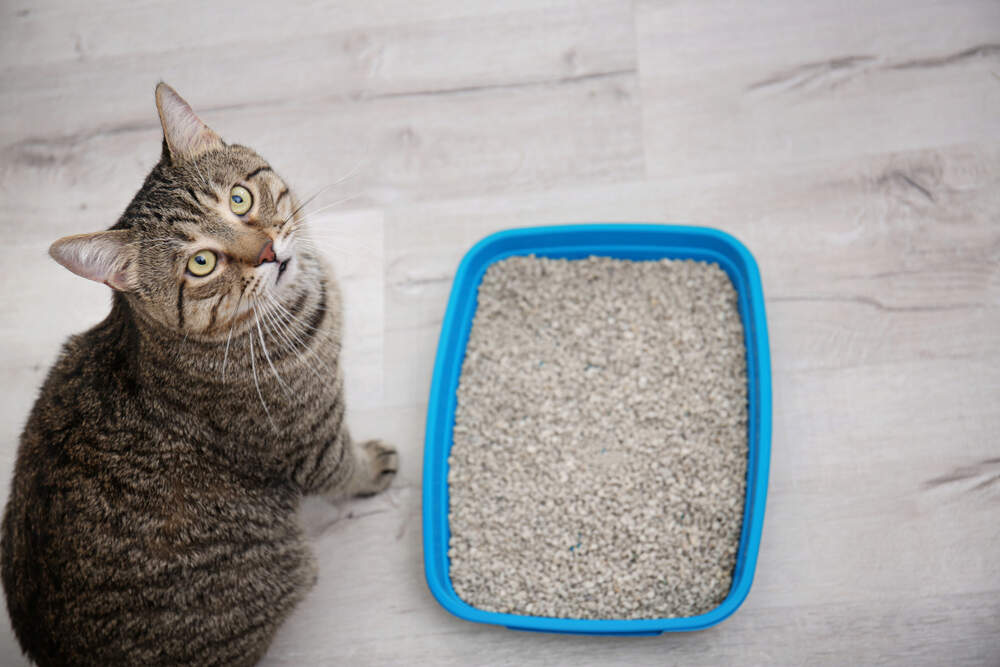A Safe Space for Freddy
Photo Courtesy of Kara Mergl Photography
Most days, Frederick von Fischatem, III, aka Freddy, can be found sunning himself in the afternoon light streaming through the window or playfully batting his doorbell toy, but it wasn't always this way.
His "hooman," New York social worker Kara Mergl, adopted the black and white "tuxedo" cat in 2019. After losing a beloved pet of 14 years, she went to a local shelter on a mission to find an older cat that might have difficulty finding a forever home. She had a cat in mind, but someone else had adopted the feline by the time she got to the center. Mergl went to a back room with overlooked cats in cages, and Freddy, with his kind eyes and distinguished markings, caught her attention.
"He let out the biggest meow. There was no way he was getting out of his cubby, but he still wanted affection."
Five-year-old Freddy was found on the street as part of a Trap-Neuter-Release project when he was six months old. Sadly, Freddy spent the next four years in a cage. His emotional health was fragile; he was afraid of everything, including open spaces.
"When I brought him home, he hid. If he somehow made it into the hallway, he would have a cat panic attack—he would freeze and meow as loud as he could," Mergl recalls.
To help lower his stress level, Mergl created a protected space for him in one room of the apartment. She would sit patiently on the floor with treats to show him it was safe. When Freddy became more comfortable, she gave him access to the whole room. Eventually, he became comfortable enough to venture out to the rest of the apartment. Mergl also began using Comfort Zone Calming Diffusers plugged into key places in the apartment. The diffusers release a drug-free, odorless vapor that mimics the pheromones a cat releases to indicate an area is safe and secure. (It's kind of like sending a signal in the cat's language to let him know he is safe and can relax.) As Freddy began exploring inch-by-inch, space-by-space, and room-by-room, he was surrounded by a sense of calm and safety.
"It helped him transition; he wasn't as nervous. It made the difference between him hiding under a chair to becoming a confident cat that would sit in the chair in the sun."
2020 was a difficult year emotionally for Mergl as well. Like so many, she began working from home due to the coronavirus pandemic. Over the course of the year, her marriage dissolved, and Freddy's companionship has been irreplaceable. He breaks up the day by jumping on her lap for a midday cuddle, meowing to let her know when food or treats are in order, or playing under her comforter. Mergl laughs when she recalls how she had to teach Freddy this typical cat behavior by propping up the bedspread with pillows.
"There were things he never learned to do on his own, but he's picking them up. He does all the really jerk things now, like knocking plants over, and the sweet and wonderful things like getting under the bed covers. He is the most loving cat you can imagine."
You only have to scroll through Freddy's Instagram feed, featuring pictures of him lounging and hanging out, to know he's gone from skittish kitty to e-meow-tionally healthy cat. Freddy even lies on his back belly up—the ultimate sign of a cat that feels safe, calm, and comfortable.




